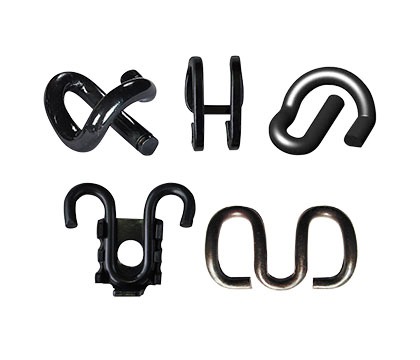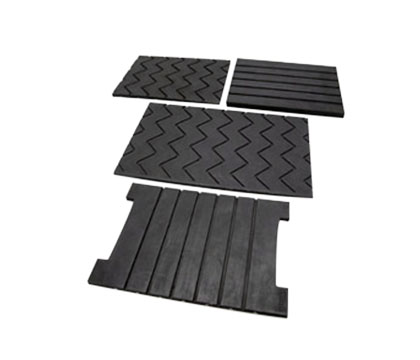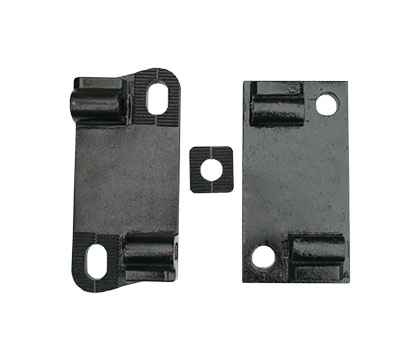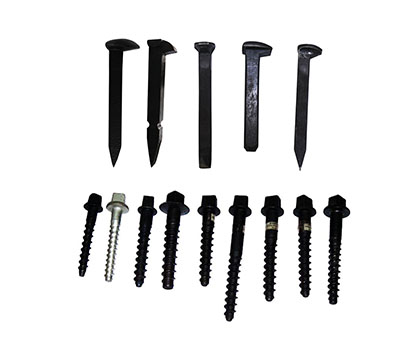Rail anchors clamp onto the base of the rail snug against both sides of the crosstie. This forces the rail to move the tie along the axis of the track if it tries to slide or expand or contract. Since expansion or contraction generally cannot exert enough force to move all the ties, the rail will expand or contract in the crossways direction instead of along the axis of the track. This is the primary way of limiting expansion in continuous welded rail. While this seems a bit incredible, you can see the principle at work if you take a block of rubber and squeeze it in a vise. It expands crosswise when compressed in the vice jaws. Steel rail will do the same thing, except the forces are immense. In track that sees predominantly traffic in one direction and also on grades, the rail tends to creep so anchors help restrain that too.
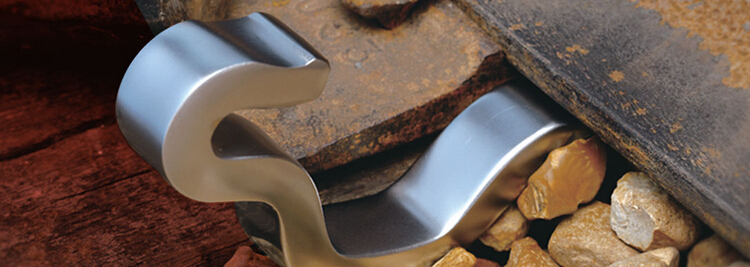
In extreme cases of restrained contraction, the forces become so high that the rail fractures. This is called a "pull-apart" or wider--dangerous but, fortunately, detected by track circuits in signalled territory. Worse, is the opposite where the rail is trying to expand so intensely (like on an exceptionally hot day) that the compressive forces finally force the ties to slide crosswise out of alignment forming an "s" shaped kink in the track. The bad thing about this "heat kink" as it is sometimes called, is that the rails stay intact so the track circuit doesn't detect the kink and the engine crew sees this ugly kink in the track with no way to stop before running over it, often resulting in a derailment. At the risk of getting too detailed, you will occasionally see rail anchors installed around special trackwork like switches, diamonds, and double slip switches. These are usually to minimize adjacent track expanding and contracting thus throwing the special trackwork out of alignment. It is for this reason that nice straight alignment thru a diamond (or especially thru two diamonds as when a double track crosses a single track) is so hard to acheive.

